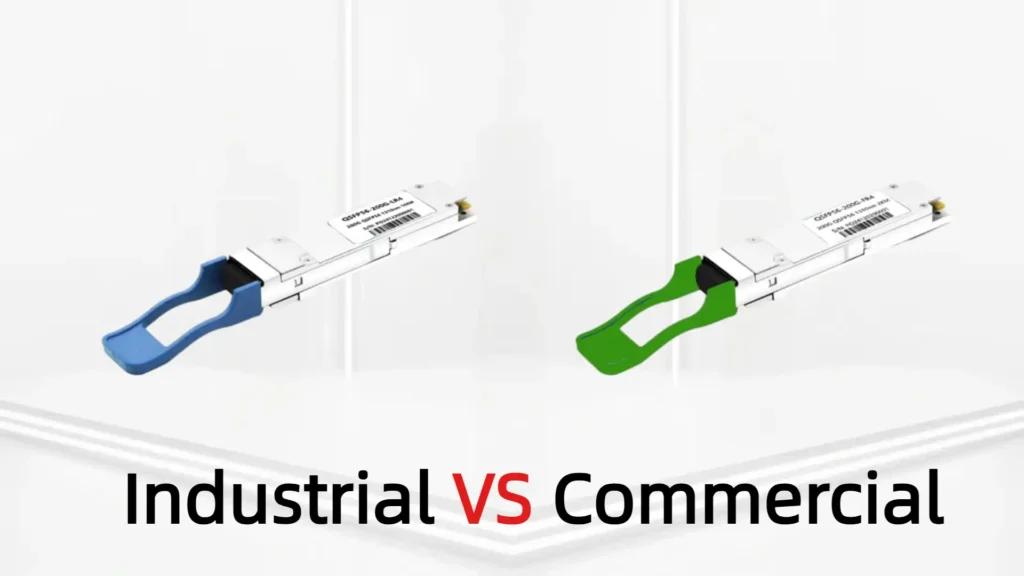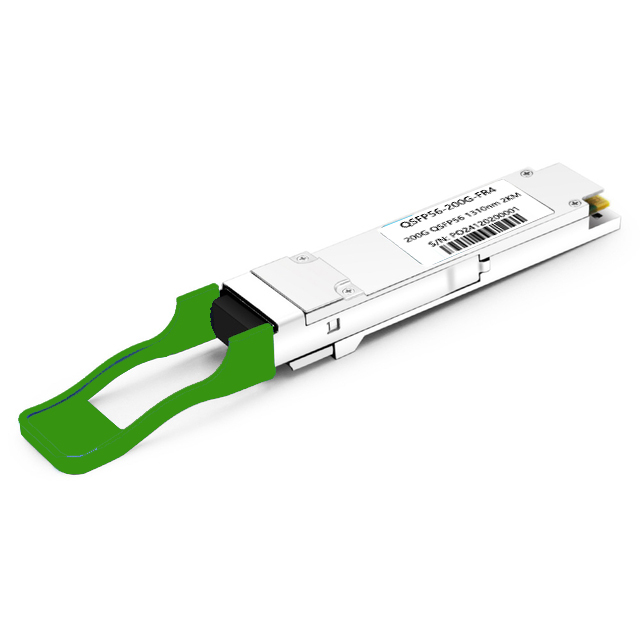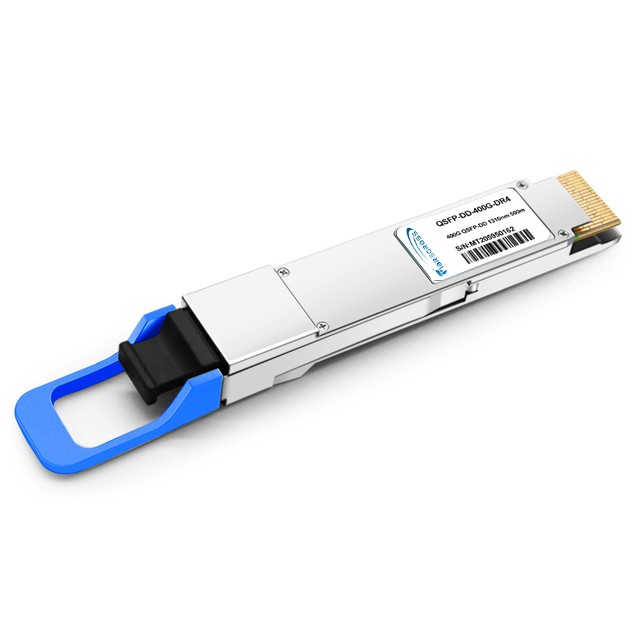Industrial vs. Commercial Grade Optical Transceivers
Optical transceivers (SFP, SFP+, QSFP, etc.) are the bridge between electrical systems and fiber optics. While many transceivers are labeled for commercial use (data centers, enterprise networks), industrial grade transceivers are engineered for harsher environments. Choosing the wrong class can cause field failures, downtime, and unexpected replacement costs. This article compares the two classes, shows when industrial is necessary, and gives a practical selection checklist for engineers and procurement teams.
What is a commercial grade optical transceiver?
Commercial grade transceivers are designed for office and data-center environments with stable temperature, controlled humidity, and minimal shock or vibration. Typical characteristics:
Operating temperature: 0°C to +70°C (standard commercial range)
Optimized for cost, high density, and energy efficiency
Suitable for racks, switches, and enterprise fiber links
Certifications: CE, RoHS, often vendor interoperability listings
Use cases: enterprise LAN, data-center spine/leaf, campus networks, telecom central offices (when environment-controlled).
What is an industrial grade optical transceiver?
Industrial grade transceivers are built to withstand wide temperature swings, mechanical stress, and environmental contamination. Key traits:
Extended operating temperature: commonly −40°C to +85°C (some custom modules go wider)
Ruggedized packaging and components (vibration-resistant soldering, reinforced housings)
Optional conformal coating or sealing for dust, moisture, and chemical resistance
Higher MTBF and lifetime testing targeted at 24/7 mission-critical systems
Additional certifications (e.g., for railway, military, or oil & gas contexts) available on request
Use cases: factory automation, outdoor cabinets, transportation (rail/road), oil & gas sites, utilities, and any non-climate-controlled deployment.

Side-by-side comparison (at a glance)
| Feature | Commercial Grade | Industrial Grade |
|---|---|---|
| Typical temp range | 0°C to +70°C | −40°C to +85°C |
| Rugged features | Minimal | Conformal coating, shock/vibration hardened |
| MTBF / testing | Standard QA | Extended testing (thermal cycling, shock) |
| Price | Lower | Premium (component & testing cost) |
| Certifications | CE / RoHS | Additional sector-specific certifications |
| Typical use | Data centers, enterprise | Factories, outdoor, transport |
Why temperature and ruggedization matter
Semiconductor lasers, photodiodes, and temperature-sensitive components shift performance as temperature changes. In uncontrolled environments:
Link loss and BER (bit-error rate) can worsen.
Laser wavelength drift may exceed receiver tolerance.
Mechanical stresses can cause connector fatigue or micro-cracks.
Industrial modules mitigate these risks via temperature-tolerant components, thermal management, and mechanical reinforcements.
Reliability, lifecycle, and total cost of ownership (TCO)
At first glance commercial modules cost less. But TCO includes:
Replacement parts and logistics for remote sites
Downtime costs for mission-critical services
Labor/time for field swaps and testing
Industrial modules often reduce TCO in harsh environments because they fail less often and require fewer maintenance cycles. For long-lived infrastructure (10+ years), the premium for industrial grade can be justified quickly.
When to choose industrial vs. commercial
Choose industrial when:
Equipment is outdoors, in unconditioned cabinets, or mobile platforms.
The environment has large temperature swings, high dust, humidity, or corrosive gases.
Vibration or shock is common (rail, vehicle, heavy machinery).
Regulatory or industry certifications are required.
Choose commercial when:
Equipment is in controlled data centers, office closets, or telecom rooms.
Cost-per-port and density are the primary drivers.
Operations are easy to access for rapid replacement.
Practical selection checklist
Define environment: ambient temperature extremes, humidity, particulates, vibration.
Check specs: operating temperature, humidity range, shock/vibration ratings, MTBF.
Ask about coating: conformal coating for corrosive or dusty environments.
Confirm interoperability: vendor compatibility and link performance at extremes.
Request test data: thermal cycling, humidity, and vibration test reports when possible.
Plan inventory: maintain spares that match the deployment grade.
Consider warranty & support: extended support for industrial modules is valuable.
Short example spec comparison
Commercial SFP+ (10G): 0–70°C; typical MTBF 1–2M hours; price: low
Industrial SFP+ (10G): −40–85°C; MTBF 3–5M hours; conformal coating optional; price: higher
(Exact numbers vary by vendor — always request datasheet values.)
FAQs
Possibly — but internal enclosure temperature and condensation still matter. If the enclosure has active cooling/heating and maintains a commercial temperature range, commercial modules can work. For reliability in uncontrolled enclosures, industrial modules are safer.
Yes — industrial modules follow the same electrical and optical interfaces (SFP, SFP+, QSFP, etc.) and are typically plug-compatible.
Prices vary widely; expect a premium driven by rugged components and testing. For mission-critical or remote deployments the lifecycle savings often offset the higher upfront cost.
Not usually more than standard transceivers, but periodic inspection for corrosion, connector wear, and seal integrity is good practice in harsh environments.
Ask vendors for sector-specific certifications (e.g., EN 50155 for railway). Requirements depend on region and industry.
Conclusion
The decision between industrial and commercial optical transceivers hinges on the deployment environment, acceptable risk, and lifecycle economics. For controlled data centers, commercial modules deliver cost-effective performance. For field, mobile, or harsh-environment use, industrial grade modules provide robustness that reduces failures and long-term costs. Use the selection checklist, request real test data, and align procurement with the expected field conditions.





